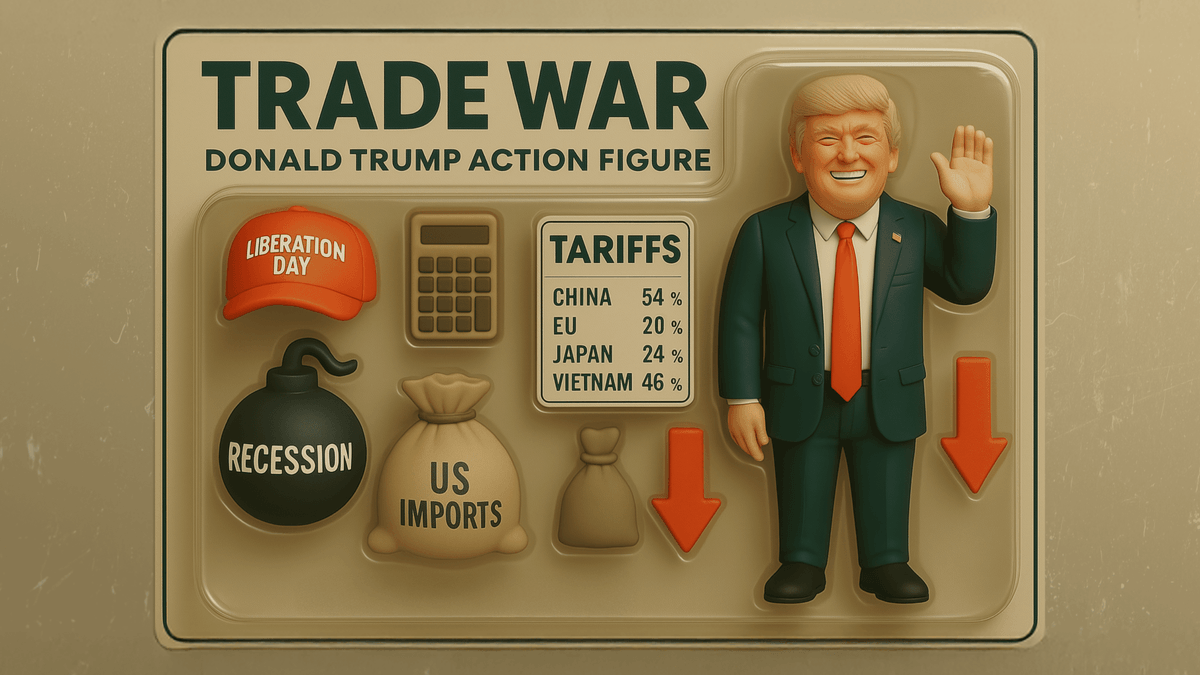
Druppelmachine slaat BTC hard neer

Wat was het oorspronkelijke doel van Bitcoin? Waarom heeft Satoshi een gedecentraliseerde valuta gecreëerd? Bitcoin was gericht op het democratiseren van financiën. Bitcoin zou geld losmaken van de greep van regeringen, banken en belastingen. Het idee werkte goed totdat de munt die naar verluidt vrijheid en democratie bracht, afhankelijk werd van infrastructuur die gevestigd is in een totalitair land. Is het Chinese monopolie op mijnbouw een gevaar voor de toekomst van Bitcoin?
Het antwoord is bevestigend. China herbergt meer dan 75% van de mijnbouwcapaciteit van Bitcoin. Dit cijfer daalt midden in een massale Bitcoin-crackdown van Chinese autoriteiten. In de afgelopen week hebben Chinese autoriteiten uit de hydro-rijke provincie Sichuan crypto-mijnwerkers opdracht gegeven om hun activiteiten stop te zetten. Dus verhuizen veel mijnwerkers naar het buitenland, naar landen als Kirgizië of verkopen hun activiteiten. Dit is geen eenmalige actie en Peking heeft sinds maart vorig jaar een reeks crackdowns op de cryptocurrencysector uitgevoerd. De Bitcoin-prijs is sinds de lente met meer dan 50% gedaald en is vorige week onder de 30.000 USD-grens gekelderd.

Bitcoin is snel een slagveld van geopolitieke strijd geworden. De spanningen tussen China en de VS hebben directe gevolgen voor de leidende cryptocurrency. Dus, zou dit een massale marktmanipulatie kunnen zijn die is georkestreerd door Chinese autoriteiten? Peking heeft geen langetermijnbelang bij het verpletteren van Bitcoin. Al deze acties kunnen heel goed deel uitmaken van een strategie van prijs manipulatie. Het beleid van China is momenteel de belangrijkste drijvende kracht voor de prijs van Bitcoin. Dus de prijsdaling is geleidelijk, aangezien veel beleggers hopen dat de huidige situatie tijdelijk is.
De kern is dat China de achilleshiel van Bitcoin is. Het hebben van de meeste
mijnbouw onder controle van een totalitair land kan de democratisering van financiën op geen enkele manier garanderen,
vorm of vorm.
De Chinezen gebruiken twee penseelstreken om het woord 'crisis' te schrijven. De ene penseelstreep staat voor gevaar; de andere voor een kans. In een crisis, wees je bewust van het gevaar - maar erken de kans. John F Kennedy, de 35e president van de Verenigde Staten
Marktoverzicht

NASDAQ, de toonaangevende technologiebeursindex, heeft een nieuw recordhoogte bereikt, gesteund door Big Tech-aandelen, waaronder Microsoft en Amazon. Ondertussen heeft de volatiliteitsindex een nieuw dieptepunt voor het huidige jaar bereikt, en is daarmee op het niveau van vóór de pandemie gekomen. Tot slot heeft Jerome Powell, voorzitter van de Federal Reserve, op dinsdag een toespraak gehouden die de markten leek te geruststellen.
Powell zei dat de Amerikaanse centrale bank de herstel van de arbeidsmarkt wil ondersteunen en de rente niet zal verhogen, uitsluitend gedreven door de angst voor voorzienbare inflatie. Hij wees er ook op dat de prijsstijging tijdelijk zou moeten zijn en momenteel wordt veroorzaakt door verschillende producten, waaronder gebruikte voertuigen die direct worden beïnvloed door de heropening van de economie. Powell zei ook dat het tekort aan arbeidskrachten niet structureel is en dat hij "sterk vermoedt dat het arbeidsaanbod en de werkgelegenheid de rest van het jaar aanzienlijk zullen toenemen".
Powell gaf de indruk dat de Federal Reserve in het geval van aanhoudende inflatie niet zou aarzelen om de rente te verhogen.
Forex:
De Amerikaanse dollar op de rand

De EUR/USD-koers is de afgelopen tien dagen aanzienlijk gedaald tot onder de 1,2 grens. Christine Lagarde, president van de Europese Centrale Bank, heeft in een conferentie vorige week benadrukt dat de vooruitzichten voor de eurozone robuuster zijn dan verwacht, aangezien de pandemiesituatie verbetert. Ze bevestigde dat er in de nabije toekomst geen verandering in het monetaire beleid zou komen. Als gevolg daarvan heeft de euro in de aanloop naar het weekend licht aan kracht gewonnen.
De ECB en de Federal Reserve zouden een tactisch spel kunnen beginnen in afwachting van een
stijging van de rente. Beleggers kunnen geïnteresseerd zijn in valuta met een hoog rendement, met
de aandelenmarkt die minder trekkracht heeft dan vorig jaar. Wie zal de eerste zijn
die een stap zet?
Focus:
Tesla

Het aandeel van Tesla is deze week opnieuw gestegen te midden van een algemene positieve markttrend. Panasonic, het Japanse conglomeraat dat een gezamenlijke batterijproductiebedrijf van 5 miljard USD had met Tesla in Nevada, heeft zijn volledige belang voor 3,6 miljard USD verkocht. Deze gebeurtenis leek de 's werelds toonaangevende autofabrikant positief te hebben beïnvloed. De leveringen voor het tweede kwartaal zouden volgende week worden gepubliceerd. Het zal een beslissend moment zijn voor de aandelenkoers van Tesla. Als het aantal geleverde voertuigen onder de verwachtingen ligt (ca. 200.000), dan moeten beleggers serieuze vragen stellen over de levensvatbaarheid van Musks onderneming.
Grondstoffen:
Tarwe

Terwijl de angst voor aanhoudende hyperinflatie zich over alle markten verspreidde, de prijs van Amerikaanse tarwe is sinds begin juni in negatief gebied gekomen. De International Grains Council (IGC) voorspelt een toename van de wereldwijde graanvoorraad in 2021/22 van 2.301Mt, waardoor een surplusrecord wordt gevestigd sinds 2016/2017. De oogst in Rusland, de EU en Oekraïne lijkt veelbelovend, waardoor een netto wereldwijd overschot ontstaat. De overvloed in verschillende regio's zou de graanprijzen minder afhankelijk moeten maken van de vracht- en oliemarkt.
Marktuitkijk
De Dow Jones is de afgelopen week gestegen tot boven de 34.300. De volatiliteit is momenteel laag en de kans op een aanzienlijke correctie op korte termijn lijkt kleiner. Toch kunnen alle inzetten op een verdere rally beleggers in een riskante positie brengen.
's Werelds toonaangevende cryptocurrency zette zijn daling voort en alle ogen zijn gericht op de Chinese autoriteiten die alle binnenlandse mijnbouwactiviteiten lijken te ontmantelen. Dit is niet het einde van de neerwaartse cyclus, en voorlopig zijn er geen tekenen van een uitweg uit deze zone van turbulentie.










Algemene Disclaimer
Deze inhoud is alleen voor informatieve doeleinden en vormt geen financieel advies of aanbeveling om te kopen of verkopen. Beleggingen brengen risico’s met zich mee, waaronder het mogelijke verlies van kapitaal. In het verleden behaalde resultaten bieden geen garantie voor de toekomst. Overweeg uw financiële doelen voordat u beleggingsbeslissingen neemt, of raadpleeg een gekwalificeerde financieel adviseur.
Vond je dit informatief?
Nee
Een beetje
Goed




%2FfPNTehGpuD8BdwDeEEbTF2.png&w=1200&q=100)
%2FgRTFfWwPmcWyE8PFfywB82.png&w=1200&q=100)

%2FAD2MfhoJXohkTgrZ5YjADV.png&w=1200&q=100)

%2FjjqkumDfGjhNxroL253Hc4.png&w=1200&q=100)

